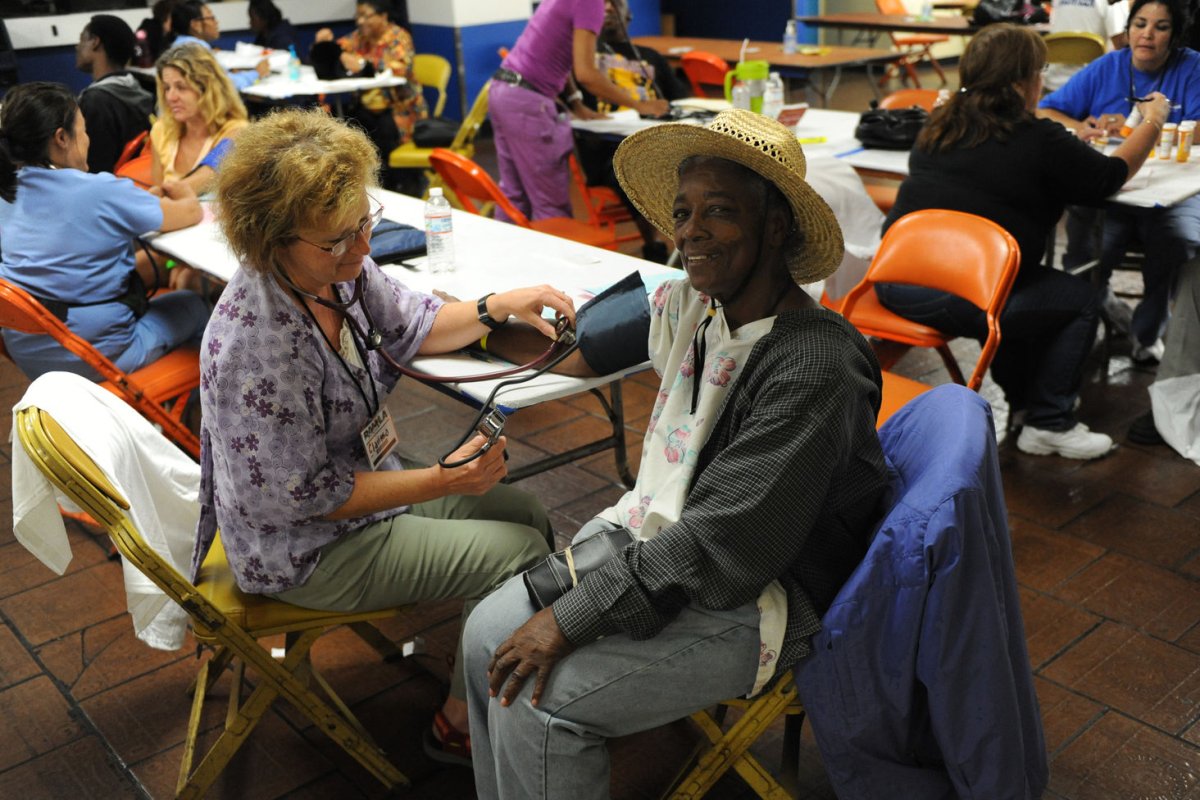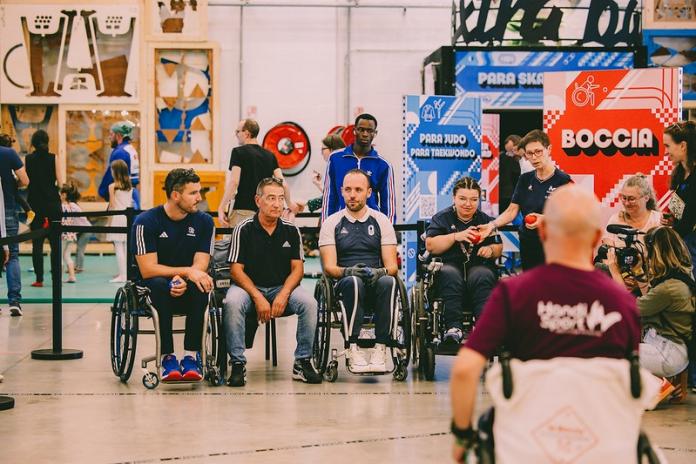The Moving Story of Enduring Friendship Will Mark Its 10th Anniversary on the High Seas
VALENCIA, Calif., Sept. 8, 2025 /PRNewswire/ — Cunard will bring Come from Away — the Tony Award and Oliver Award-winning show — to sea for the first time ever in an exclusive production in collaboration with Music Theatre International.
The highly anticipated revival during Queen Elizabeth‘s maiden Caribbean voyage on October 16, 2025, comes as the heartwarming production celebrates 10 years since its debut.
The multi-award-winning production will debut on Queen Elizabeth in the Caribbean
The globally acclaimed show, written by Irene Sankoff and David Hein*, depicts the remarkable true story of the 6,579 air passengers grounded in a small Canadian town in the wake of 9/11, and the Newfoundland community that invited these ‘come from aways’ into their lives. A reflection on friendship, hope and gratitude, it has captivated sold-out crowds – including on Broadway and in London’s West End.
After a decade of moving audiences worldwide, Cunard is now bringing this uplifting display of resilience and understanding to the high seas. At a time when its message rings truer than ever, this special production promises to be an unforgettable experience.
Katie McAlister, President of Cunard, said: “We are very excited to bring Come from Away to Queen Elizabeth for her maiden Caribbean season. It’s a show that resonates deeply with audiences, celebrating compassion and connection – values that we share at Cunard. We are incredibly passionate about the power of timeless storytelling, and our long-standing affiliation with London’s West End and Broadway in New York ensures that unparalleled entertainment is at the heart of the Cunard experience. Our 2026 Entertainment Residencies will build on this commitment, offering our guests unforgettable access to the very best live performances at sea.”
John Brant, Producer of Come from Away, said: “Even after ten years, it’s still incredible to see the impact this show has on people. Now more than ever, we believe it’s important to gather friends and family to see it together, with the hope that it inspires them to find common ground in their lives. This partnership with Cunard is a meaningful opportunity to bring our story to new corners of the world, and we can’t wait for passengers to experience it for themselves.”
Come From Away will be performed in Queen Elizabeth’s majestic Royal Court Theatre twice during each voyage, with matinee and evening performances available. This exclusive production has been specially crafted for the stage at sea, featuring one hour and 40 minutes of powerful storytelling, music and an ensemble of 12 talented stage performers. New and returning Come from Away fans will be wowed by a fresh perspective that remains true to the magic of the original production.
For more information about Cunard or to book a voyage, travelers can contact their Travel Advisor, call Cunard at 1-800-728-6273, or visit www.cunard.com.
For Travel Advisors interested in further information, please contact your Business Development Manager, visit OneSourceCruises.com, or call Cunard at 1-800-528-6273.
About Cunard
Cunard is a luxury British cruise line, renowned for creating unforgettable experiences around the world. Cunard has been a leading operator of passenger ships since 1840, and this year celebrates an incredible 185 years of operation. 2025 is a momentous year in Cunard’s history, which will be marked with several iconic land-based events and special Event Voyages. The Cunard experience is built on fine dining, hand-selected entertainment, and outstanding White Star service. From a partnership with a two-Michelin starred chef, to inspiring guest speakers, to world class theatre productions, every detail has been meticulously crafted to make the experience unforgettable. A pioneer in transatlantic journeys and round world voyages, destinations sailed to also include Europe, the Caribbean, Alaska, the Far East and Australia.
There are currently four Cunard ships, Queen Mary 2, Queen Elizabeth, Queen Victoria and new ship, Queen Anne, which entered service in May 2024. This investment is part of the company’s ambitious plans for the future of Cunard globally, with the brand now boasting four ships in simultaneous service for the first time since 1999. Cunard is based at Carnival House in Southampton and has been owned since 1998 by Carnival Corporation & plc. www.cunard.com (NYSE/LSE: CCL; NYSE:CUK).
Please note, once directed to the page you will need to “Register for an account.” Your request may take up to 24 hours for approval to access the library of assets. You will be notified via email to complete your registration.
Image caption: Come From Away was performed at the Olivier Awards in 2019.
Come From Away rehearsal b-roll can be downloaded here: https://spaces.hightail.com/space/HZ4M64TklR
Social Media
Facebook: www.facebook.com/cunard
Twitter: www.twitter.com/cunardline
YouTube: www.youtube.com/wearecunard
Instagram: www.instagram.com/cunardline
Media Contact:
Cunard: [email protected]
SOURCE Cunard










